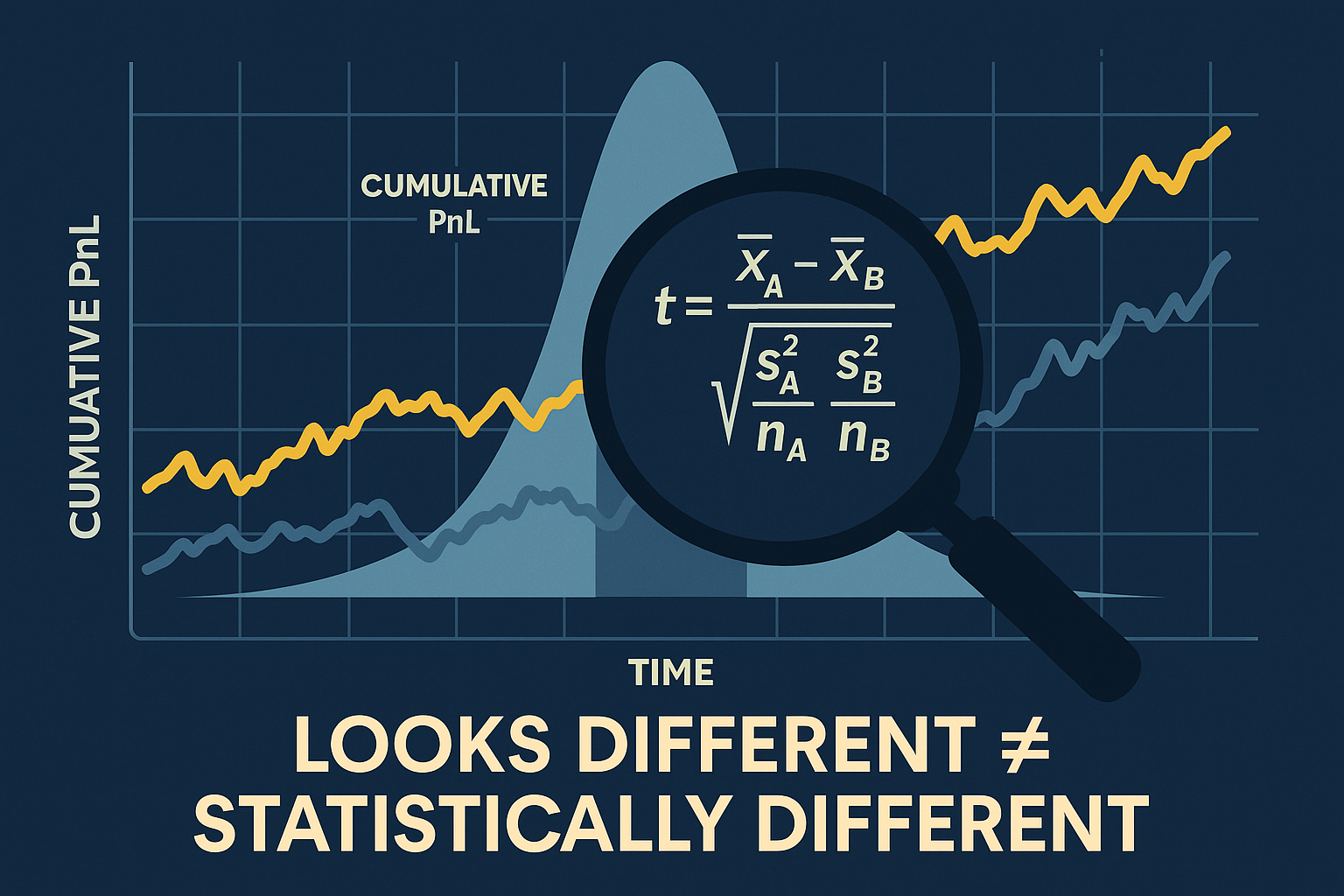This is a segment from The Breakdown newsletter. To read more editions, subscribe
When Steve Jobs met with the advertising experts at Chiat/Day to develop an ad for the new iMac, they asked him to pick a single new feature to highlight to consumers.
He couldn’t, insisting instead that a 30-second TV ad was long enough to include the four or five features he thought everyone needed to know about.
The agency executives argued that no one can remember four or five things, and urged him to choose a favorite.
When Jobs refused, the legendary ad executive Lee Clow decided to make his colleagues’ point in a more tangible way.
As later retold by Ken Segall, Clow tore five sheets of paper from his notepad and crumpled them into paper balls.
Jobs watched until Clow said, “catch,” and tossed a single ball of paper across the table to him. Jobs caught it and tossed it back.
“That’s a good ad,” Clow explained. “Now catch this.”
Clow threw all five paper balls at him and he didn’t catch any.
“That’s a bad ad,” Clow told him.
The demonstration appeared to work, because Jobs ended the meeting by giving Chiat/Day the go-ahead for a much simpler ad than the one he asked for at the start of the meeting.
“Minimizing is the key to making a point stick,” Segall explains.
“Give [people] one idea and they nod their heads. Give them five and they simply scratch their heads.”
Mixing messages
Over the years, investors have been given many ideas on why they should invest in Ethereum: the World Computer, digital oil, yield-bearing internet bond, ultra-sound money, the app store of crypto, the stablecoin chain.
None have really stuck, perhaps because they were often made at the same time — Clow’s five paper balls all in the air.
This weekend, Vitalik coined another: “low-risk defi.”
(Like in 1984, I will now go back and change every mention of “DeFi” in my newsletter archive to “defi.”)
Vitalik opens his latest blog post by acknowledging a “disjointness” in the Ethereum community caused by the seemingly contradictory goals of creating revenue for token holders and keeping the chain neutral and decentralized.
Low-risk defi, he hopes, is the application that “fills both boxes at the same time.”
If so, it could helpfully synthesize Ethereum’s many competing narratives, as David Hoffman expects it will: “It’s all coming together now.”
Others are skeptical. Mert Mumtaz, for example, argues that Ethereum’s self-imposed technical limitations are incompatible with Vitalik’s emphasis on payments and financial inclusion: “You are not going to serve underserved populations on the L1 because it does not scale!”
From a marketing perspective, though, (and I think this is mostly about marketing), the risk is that the investment pitch for Ethereum might be getting even more disjointed.
“Low-risk defi” seems like a good elevator pitch to me — it differentiates Ethereum from both no-revenue Bitcoin and too-much-revenue Solana; it’s tangible enough to mean something and intangible enough to be open to interpretation; it’s simultaneously high- and low-minded.
But that kind of carefully balanced messaging might get drowned out by the digital asset treasury companies (DATs) that are now shaping the crypto narrative.
Joe Lubin says this is the express purpose of SharpLink Gaming, the DAT he chairs: “It’s about telling the Ethereum story.”
Unlike Vitalik, he’s telling that story with traditional investors in mind: “What does Wall Street pay attention to? It pays attention to being able to make money.”
Lubin tosses at least three paper balls in the air by pitching Ethereum as a productive asset, a monetary asset, and a “trust commodity.”
Tom Lee, chair of the other big Ethereum DAT, BitMine, adds stablecoins, RWAs and even AI agents into the messaging mix.
Clow would probably lock them in a room and not let them out until they picked just one of these messages to pitch investors with.
DATs are more of a competition than a communal effort, however, and Tom Lee is currently winning: BitMine holds 2.15 million ETH to SharpLink’s 838,000.
This tells us something about the power of marketing: Joe Lubin, a co-founder of Ethereum, is attracting less attention from investors than Tom Lee, who is mostly known for pitching all kinds of things on CNBC.
The final outcome of this competition could have real consequences.
Lee, for example, thinks BitMine will have outsized influence in the development of Ethereum after it crosses a magical threshold of owning 5% of the supply of ETH.
That’s unlikely from a governance perspective, since no one “owns” the Ethereum network (not even ETH token holders).
But I suspect it will be from a messaging perspective — and messaging matters.
In that sense, a single DAT emerging with 5%+ of the ETH supply might actually help the investment case by simplifying the message that investors hear.
But the DATs themselves are already struggling to stay on message.
Tom Lee’s Ethereum DAT, for example, recently bought into a Worldcoin DAT, and a Solana DAT, DeFi Dev Corp., bought into a DAT that invests in the 0G token (which doesn’t exist yet).
When even the message makers can’t stay on message, how can investors be expected to keep up?
The obvious counterexample is Bitcoin, which has captured investors’ attention by offering a singular investment pitch: digital gold.
Bitcoin is more than that, of course.
I’d argue that it’s far more interesting as resistance money, for example.
Others think it’s the Lightning network that makes it interesting.
Fortunately, Lee Clow would probably tell you it can be all these things.
With his crumpled up paper balls, Clow wasn’t asking Jobs to eliminate four of the iMac’s five new functions — only to pick one to highlight.
Blockchains and DATs should do the same.
Get the news in your inbox. Explore Blockworks newsletters:
Source: https://blockworks.co/news/ethereum-elevator-pitch


